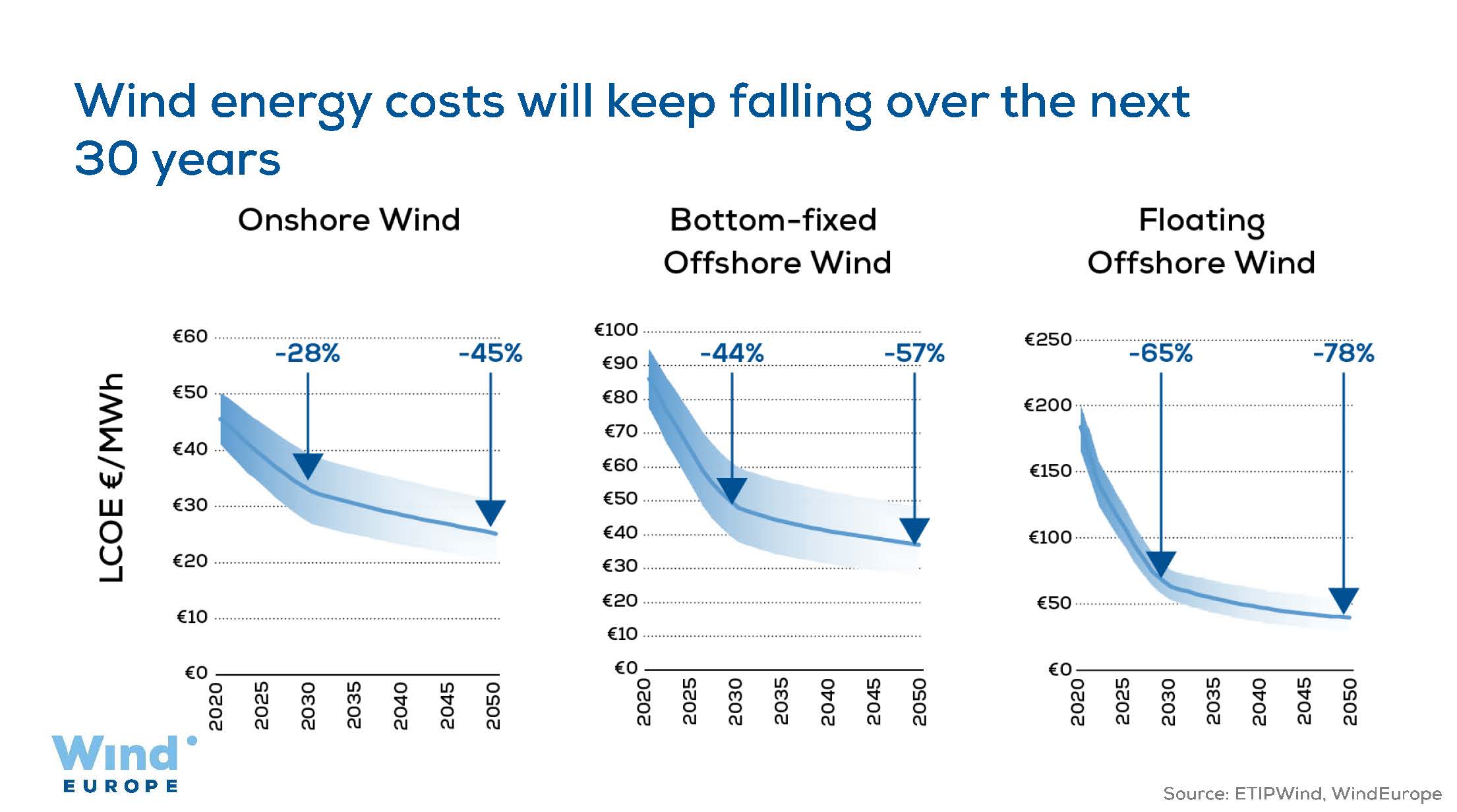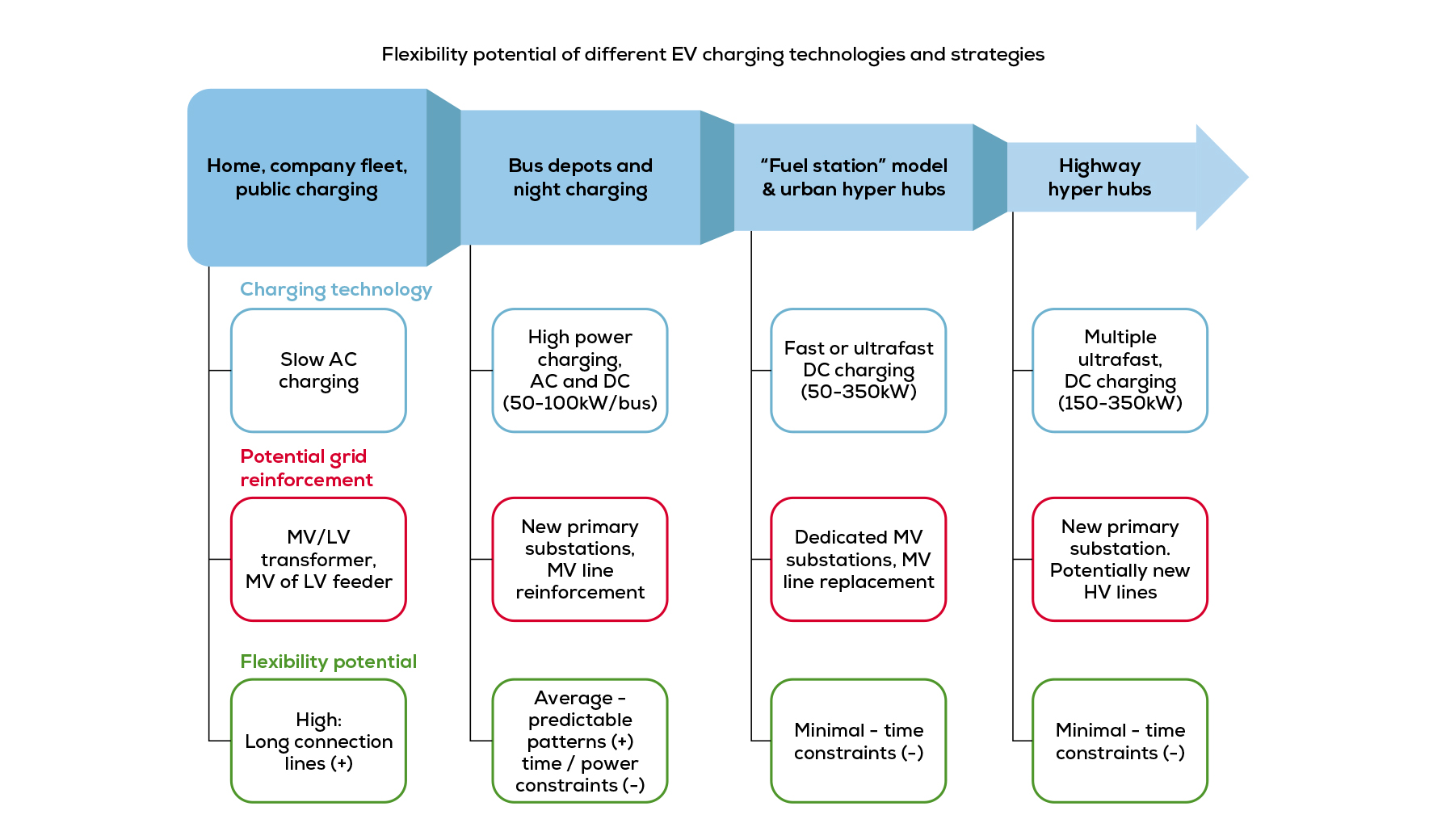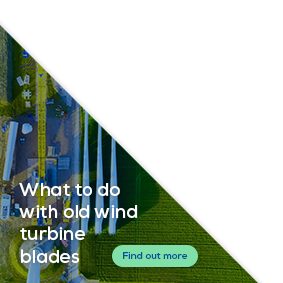Published on 08 June 2021
Overview
This report shows that deep decarbonisation of the economy is possible. In fact, it will cost no more as a share of GDP than our energy system costs today. And it will dramatically reduce external costs, notably of air pollution, not accounted for today. The technologies that will deliver the bulk of decarbonisation are already available or in development today but need the right market signals to be deployed at scale. The EU can deliver on climate neutrality by rigorously prioritising the deployment of future-proof technologies, investments in infrastructure and the development of the right business models. And at the same time it can fully reap the economic and societal benefits of renewables-based electrification.
Findings
Renewables-based electrification is the key to deliver climate neutrality by 2050. Electricity will directly cover 57% of final energy uses and provide another 18% indirectly through renewable hydrogen and its derivatives.
The EU’s electricity system will more than double by 2050. It will grow to 6,800 TWh up from 3,000 TWh today. Wind energy will be 50% of the EU’s electricity mix.
Industry could directly electrify 76% of its power and heating consumption with technologies that are commercially available today. In steel, cement, chemicals, and refineries renewable hydrogen and derivatives can replace fossil fuel feedstocks.
Heat pumps will drive the decarbonisation of heating and cooling in buildings. The electrification rate in residential buildings will almost triple by 2050.
The passenger vehicles market will be fully electric by 2050. Battery electric vehicles are six times more efficient than conventional cars which will help decrease total energy demand for transport.
The EU must continue to invest in research to unlock the five mega trends in wind energy technology: Scaling up offshore wind, industrialising floating offshore wind, further improving the happy co-existence of wind energy and society, repowering onshore wind farms and achieving full circularity of wind turbines.
The costs of wind energy will continue to decline significantly over the next 30 years thanks to rising turbine size and capacity factors and optimised ways of installing and operating wind farms. Onshore wind will continue to be among the most cost-efficient forms of power generation across Europe.
Grid investments need to double from the current €40bn a year by 2025 at the latest. And by 2030 Europe needs an additional 85 GW of interconnector capacity on top of today’s 50 GW



































